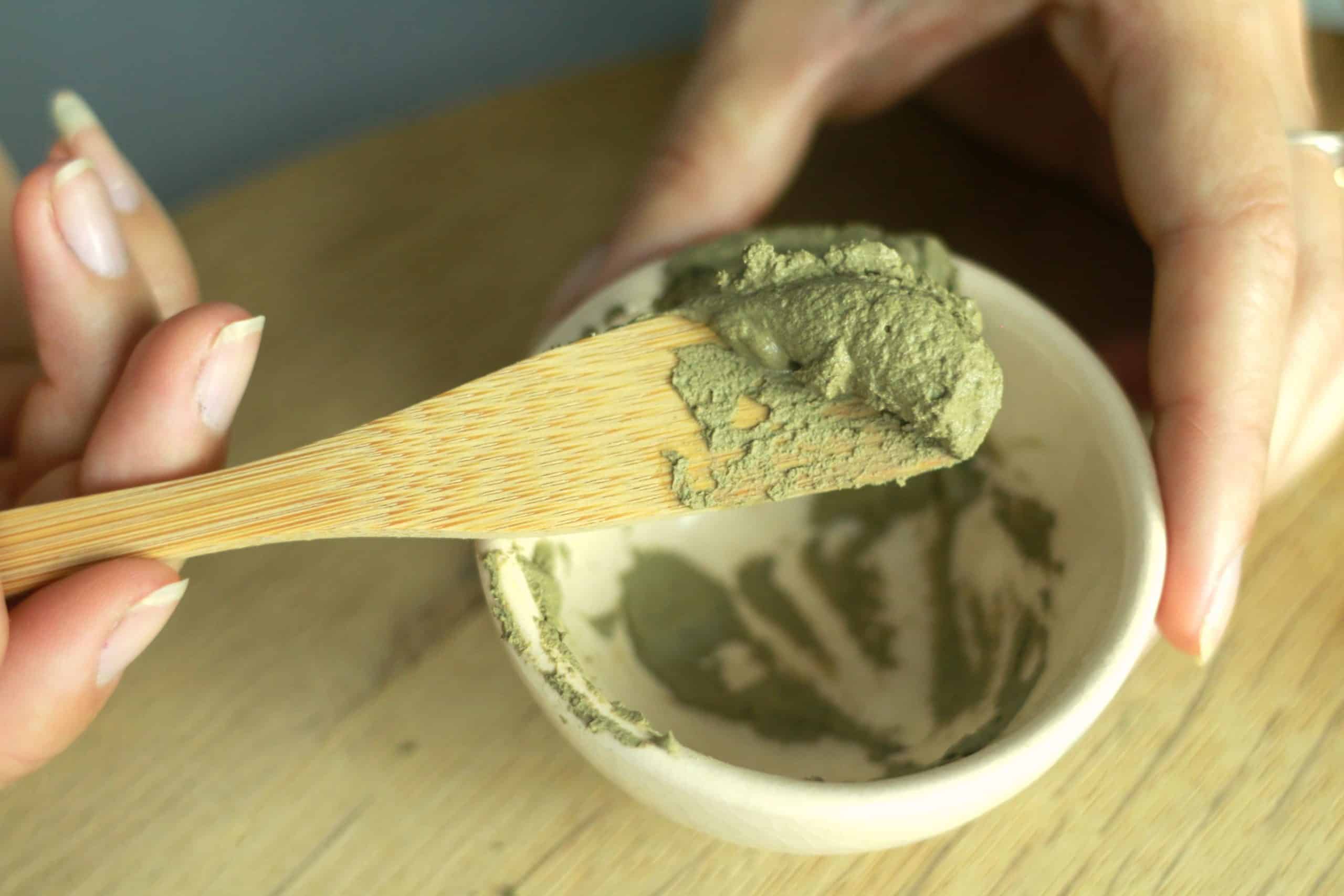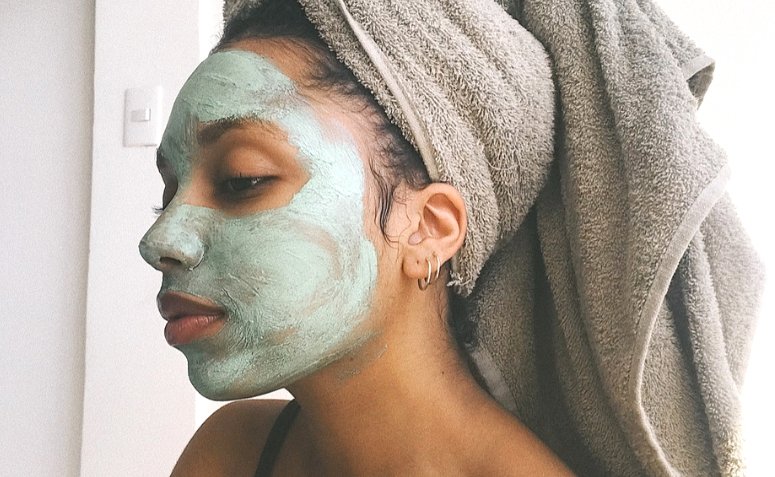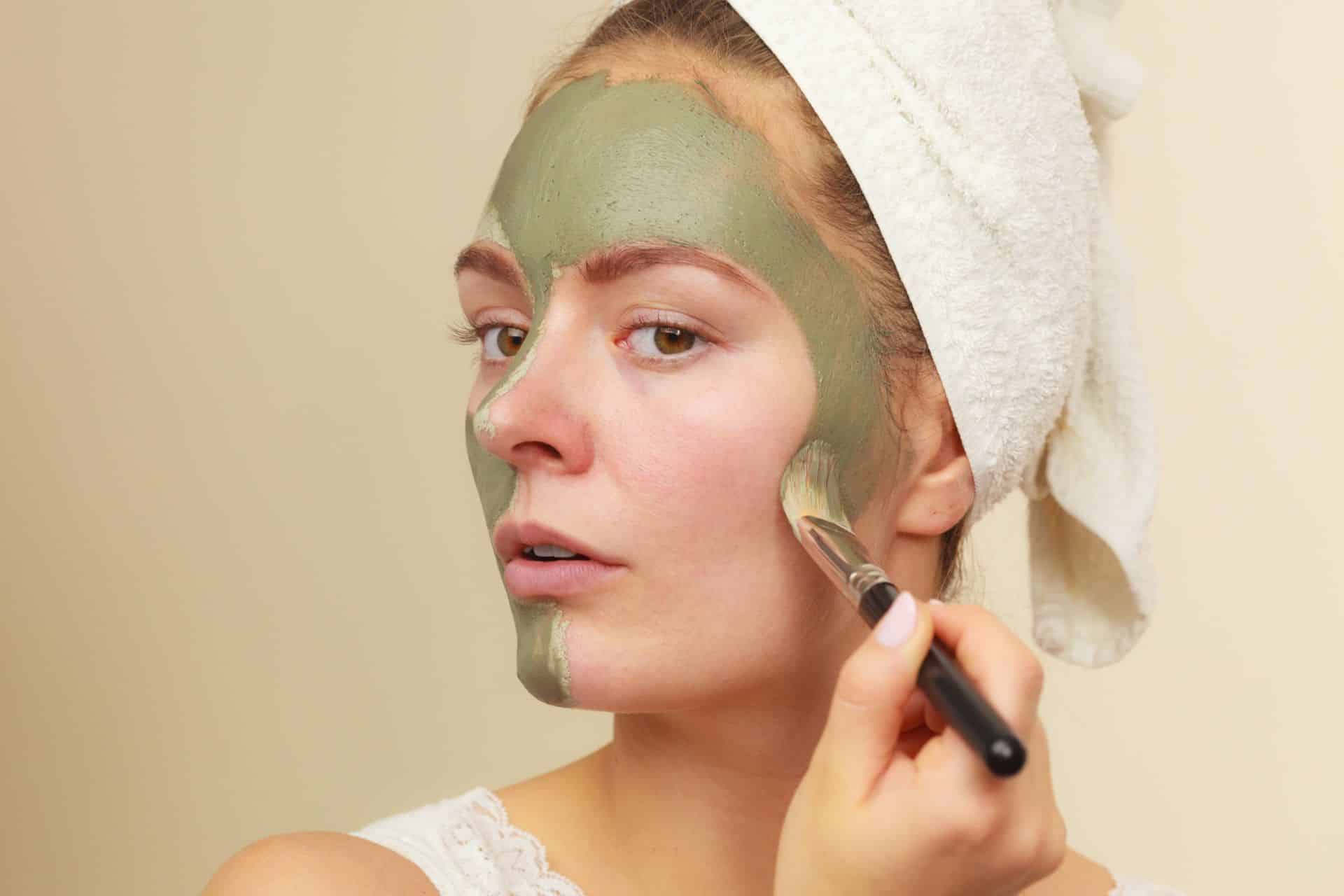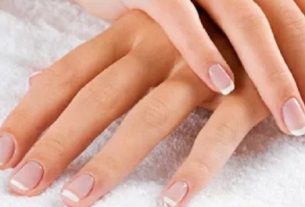If you haven’t yet learned how to make a clay mask, today you will discover that the technique is extremely easy, simple and practical.
Using clay for skin care is an ancient technique and, moreover, one of the most efficient of all. There are records that the resource has been part of human therapy for more than 12 thousand years: and even with the evolution of technology in aesthetics, many still prefer clay. With several color options and different treatment purposes, it’s easy to fall in love. In this sense, incorporating it into your care routine is not at all complicated. After all, learning how to make a clay mask is simple, practical and one of the cheapest solutions possible.
You can find the clay in its powder version at any compounding pharmacy. Despite the different colors available for use, one of the most popular continues to be green. The reason? It is able to remove impurities from the face, alleviate the appearance of oily skin and even reduce blackheads. It’s no surprise that green clay quickly became one of the favorites of those who are fans of good skincare.
The product also has many beneficial properties, such as deeply detoxing the skin, brightening, exfoliating and hydrating. After purchasing one, you don’t need to do much other than follow a simple step-by-step guide and enjoy. So, check out everything you need to know below about how to make a clay mask, as well as its benefits and other interesting facts.
Benefits of clay

First of all, it is important to understand the benefits of clay, especially green clay. The resource is so popular because it contains 98% of the components that are part of the human body. Basically, its composition is very similar to that of a person. Thus, this means that the raw material is able to rebalance the minerals when it comes into contact with the skin. In any case, it doesn’t matter the skin type or need: it will act according to each person’s needs.
One of the main properties of clay is that it absorbs impurities from the skin, as well as hydrating it. A single application of clay can help rebalance the skin’s pH, restore collagen levels and even reduce inflammation.
In the case of green clay, it will be able to provide deep cleaning, eliminating accumulated dirt, such as grease and makeup residue. Likewise, for those who suffer from blackheads and whiteheads, clay will be of great help with inflammation.
The different colors

In addition to learning how to make a clay mask, finding out more about its colors and properties is also essential. Typically, types are divided into color groups, namely dark, medium and light colors.
- Dark colors: This type of clay works best for therapeutic purposes, like black clay. In this sense, it can treat inflammation, restore tissues and prevent infections. Therefore, it is not recommended to apply it to the face, only to the body, as it can cause reactions on sensitive skin as it contains iron.
- Medium colors: On the other hand, medium colors work for both therapeutic and aesthetic purposes. Green clay, one of the most popular, is one of the medium colors. It is best suited for treating oily and acne-prone skin, as it has an astringent action and offers deeper cleansing.
- Light colors: finally, light colors dominate aesthetic treatments, as their action is the gentlest. White clay, for example, acts as a peeling, and pink and yellow clay nourish and replenish collagen.
How to make a clay mask?

Finally, it’s time to learn how to make your clay mask. Firstly, it is important to prepare your skin for the product, which means cleaning it well with soap and exfoliant, if desired. Furthermore, as clay tends to dirty your nails and clothes, use gloves and older clothes if you prefer, as well as a shower cap if you don’t want to get your hair wet. Normally, during rinsing, some strands may end up dirty. This mixture can be made up to 3 times a week, with an interval of 72 hours.
What will you need:
- Soap for cleaning the face;
- Facial tonic;
- A facial exfoliant (optional);
- Facial astringent (optional);
- Facial moisturizer;
- Cotton pads;
- Powdered clay, preferably green or white;
- Mineral water or saline solution;
- Sunscreen with SPF above 30.
Preparation mode
- First of all, apply the soap to a previously damp face and carry out your usual cleansing. Then rinse or remove with a wet cotton pad.
- Immediately afterwards, if desired, apply a facial exfoliant to free the pores, and then remove by rinsing or using cotton and damp gauze, using a type of loofah. To finish cleaning, apply a facial toner and an astringent, if you prefer.
- Now it’s time to prepare your clay mask. In a container, mix 1 dessert spoon of powdered clay with a little water or saline solution. Add until you get a more pasty cream that doesn’t run off your face as easily. Therefore, the ideal is to add the water little by little, stirring constantly.
- Apply the clay to the face with the help of a spatula, avoiding the eye and eyebrow area. Wait 10 to 30 minutes and then remove the clay by rinsing with warm water or a damp cotton pad and gauze.
- If the mask dries too much on your face during its application time, spray a little water to prevent it from drying out completely. Finally, after removal, apply a toner or moisturizer and oil-free sunscreen. Ready!
More about clay

During preparation, in addition to water or saline solution, you can also use cold chamomile tea, which has calming properties. You can also add 2 or 3 drops of essential oil, such as rosehip oil, which moisturizes and helps prevent wrinkles. Avoid applying a very thin layer, always preferring thicker layers so that it does not dry completely. The application time varies greatly depending on need: 15 minutes is enough for a gentle cleansing, while 30 is ideal for treating blackheads and pimples.
If you are interested in this article on how to make a clay mask, take the opportunity to check out 8 types of clay masks and their benefits for the skin
Images: Gazeta do Povo, Dicas de Mulher, A Naturalissima, Juliana Goes, L’Oréal Paris

Sign up for our newsletter and stay up to date with exclusive news
that can transform your routine!
Warning: Undefined array key "title" in /home/storelat/public_html/wp-content/plugins/link-whisper-premium/templates/frontend/related-posts.php on line 12
Warning: Undefined array key "title_tag" in /home/storelat/public_html/wp-content/plugins/link-whisper-premium/templates/frontend/related-posts.php on line 13




